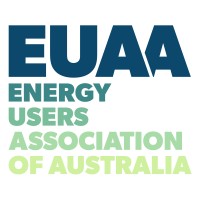
Energy Users Association of Australia
The Energy Users Association of Australia (EUAA) is the national association of large electricity and gas users. We have around 100 members across Australia, which includes many of the Australia's largest users but membership also extends down to smaller businesses. The issues we focus on include:- Electricity & Gas retail markets, Network pricing, Environmental policy, Electricity & Gas market Regulation, Renewable Energy & Energy Efficiency. At the EUAA we are dedicated to working with and on behalf of energy users and serve the interests of our members in two main ways: - Through advocacy to ensure that energy markets and regulation delivers competitively-priced and reliable energy supply to members; and - By providing a range of relevant services to members that better inform and help them to operate more effectively in the energy market.






